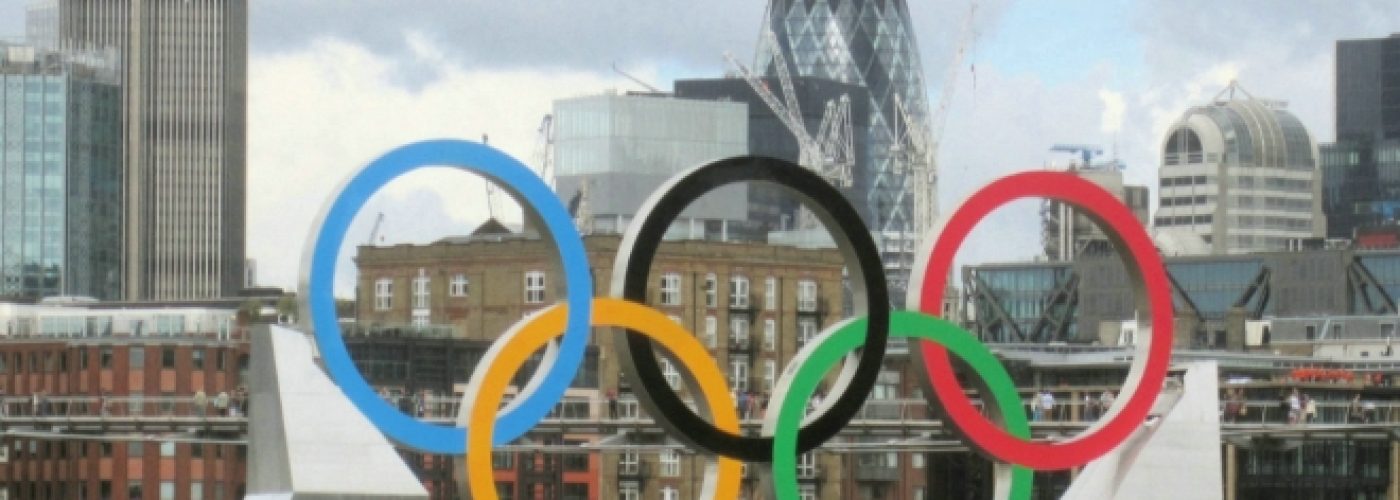Olympic boroughs continue to outperform other areas

According Property Partner, a residential property crowdfunding platform, the six Olympic boroughs for London 2012 have outperformed most other local authority areas in the host city in terms of house price growth.
Major financial investment has helped boost property prices by an average 64% over the last four years in the ‘Olympic Boroughs’ of Hackney, Newham, Barking and Dagenham, Greenwich, Tower Hamlets and Waltham Forest. Meanwhile during the same period, the average property price rose by a healthy 52.8% across the capital’s 32 boroughs.
The research comes as athletes arrive for Rio 2016. Property Partner analysed the UK House Price Index, using data since the 2012 Games in London.
Waltham Forest delivered a peak performance, winning gold for the strongest growth (76%) in average property price rises in London. The average cost of a house today in the East London borough is £418,146 – up from £236,796 in 2012.
Other notable risers include the boroughs of Hackney (66.9%) and Newham (62.6%), taking third and fourth position in the rankings respectively. Non-Olympic borough Lewisham squeezed into second place, with average house prices accelerating by 67.9% in the four years partly due to interest from homebuyers in Blackheath, Brockley and New Cross.
Former Mayor of London, Boris Johnson, identified the host boroughs as areas that would benefit from investment around the Queen Elizabeth Olympic Park in East London.
Dan Gandesha, CEO of property crowdfunding platform Property Partner, comments: “London 2012 was the catalyst for a flood of investment into the capital, much of which was injected into regenerating some of the capital’s most disadvantaged boroughs. The economic legacy of the Games – supporting new jobs and skills, encouraging trade, inward investment, tourism and improved transport links – has meant a corresponding rise in house prices in the six host boroughs. The economic, social and environmental gap between these boroughs and the rest of London is closing.
Over the next few years, the capital will further benefit from significant infrastructure projects – particularly Crossrail where areas that were relatively inaccessible will suddenly be on London’s doorstep. In turn, like the Olympic effect, house prices around Crossrail’s 40 stations are continuing to see an upward trend despite post-Brexit uncertainty.
The reality is, no one can say for sure what will happen just now. But the fundamentals of the capital’s housing market are self-evident – demand far outstrips supply, which is further exacerbated by population growth and low borrowing costs. Moreover, the Bank of England is likely to reduce base rates even further in the very near future.”





